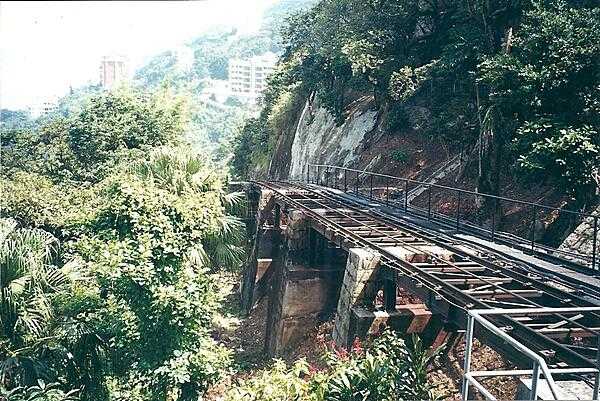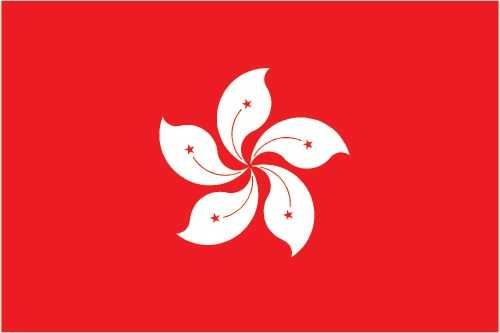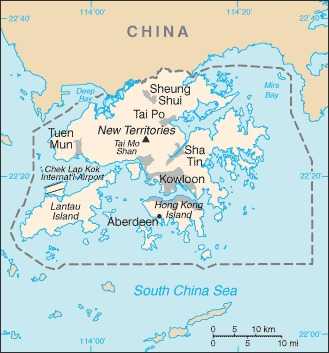Introduction
Visit the Definitions and Notes page to view a description of each topic.
Geography
People and Society
Population
comparison rankings: total 106; male 106; female 103
Languages
Median age
comparison ranking: total 7
Population growth rate
comparison ranking: 183
Birth rate
comparison ranking: 218
Death rate
comparison ranking: 89
Net migration rate
comparison ranking: 54
Infant mortality rate
comparison ranking: total 215
Life expectancy at birth
comparison ranking: total population 7
Total fertility rate
comparison ranking: 223
Education expenditure
comparison ranking: Education expenditure (% GDP) 120
Environment
Carbon dioxide emissions
comparison ranking: total emissions 54
Government
Economy
Real GDP (purchasing power parity)
comparison ranking: 50
Real GDP growth rate
comparison ranking: 139
Real GDP per capita
comparison ranking: 22
Inflation rate (consumer prices)
comparison ranking: 43
GDP - composition, by sector of origin
comparison rankings: agriculture 201; industry 201; services 3
Industrial production growth rate
comparison ranking: 73
Labor force
comparison ranking: 96
Unemployment rate
comparison ranking: 33
Youth unemployment rate (ages 15-24)
comparison ranking: total 136
Current account balance
comparison ranking: 11
Reserves of foreign exchange and gold
comparison ranking: 8
Energy
Electricity
comparison rankings: installed generating capacity 57; consumption 56; imports 19; transmission/distribution losses 152
Energy consumption per capita
comparison ranking: 36
Communications
Telephones - fixed lines
comparison ranking: total subscriptions 35
Telephones - mobile cellular
comparison ranking: total subscriptions 57
Broadband - fixed subscriptions
comparison ranking: total 49
Transportation
Merchant marine
comparison ranking: total 10




